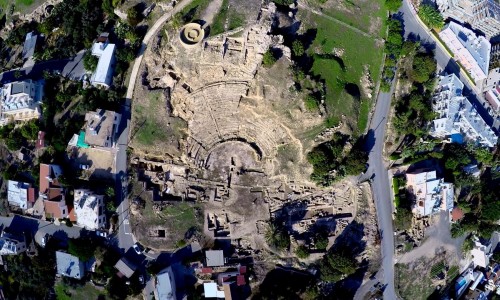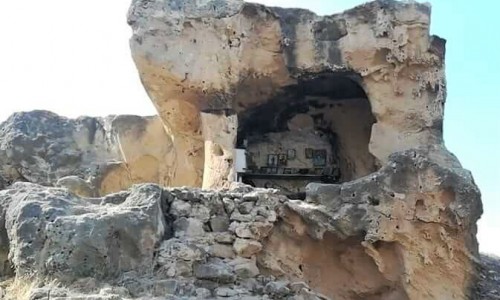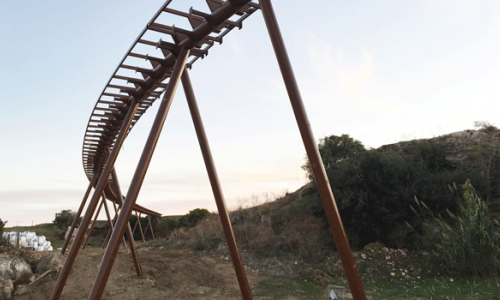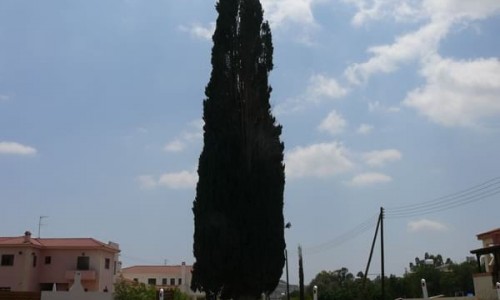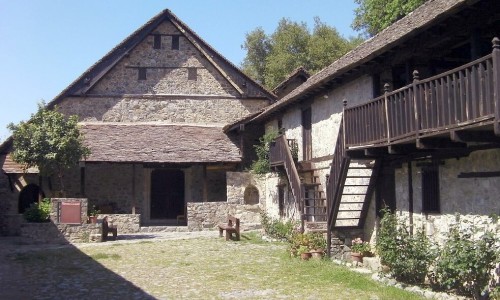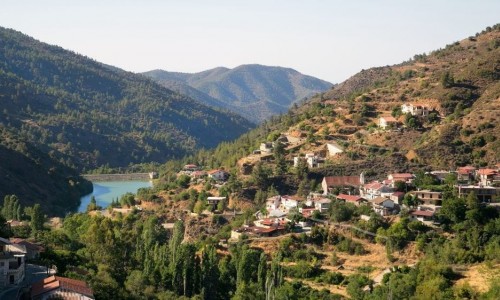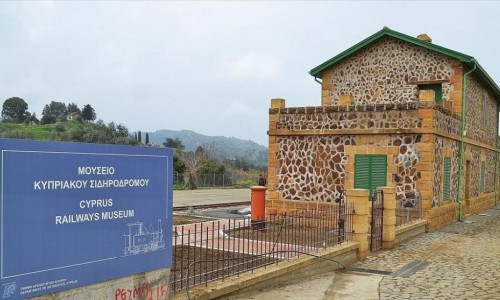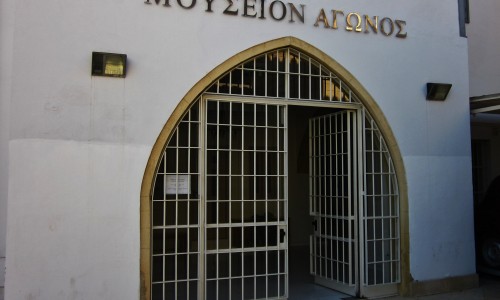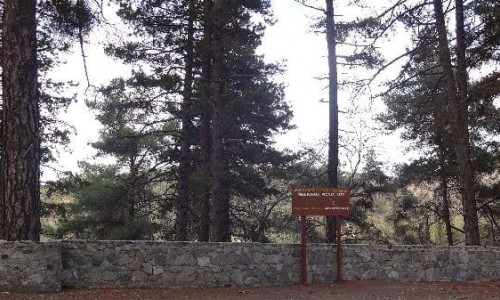Ledra Street Nicosia
n the heart of Nicosia, the last divided capital in Europe, runs a narrow street with a name familiar to nearly every Cypriot: Ledra Street. Once a residential road, later a bustling shopping corridor, then a frontline of division—and now, a symbol of connection—Ledra Street tells the story of Cyprus in every step.
To walk its length is to walk through history, commerce, politics, culture, and resilience. It is where the past and present of the island collide, where old shops meet new boutiques, and where a walkable border crossing splits one city into two realities.
A Street of Many Lives
Ledra Street has worn many identities. Decades ago, it was a refined street filled with neoclassical buildings and local merchants. Then came war and partition, and with it, silence. For years, a portion of the street was closed off—cut by the Green Line, guarded by military posts and topped with barbed wire.
But today, Ledra Street is alive again. It bustles with cafes, bakeries, souvenir stalls, clothing shops, and the constant flow of pedestrians—tourists, locals, students, diplomats. Its once fractured form now stands as a reminder of division, but also of effort: to bridge, to understand, to move forward.
Crossing the Divide
At the center of Ledra Street lies the Ledra Street pedestrian checkpoint, a border crossing between the Republic of Cyprus (south) and the Turkish-controlled northern part of the city. For visitors, it's a surreal experience: within moments, you step from one part of the island into another—past flags, guards, and ID checks—into a mirrored version of the same city, shaped by different cultures, languages, and politics.
It is one of the few places in the world where a walk down a single street takes you between two countries, two governments, and two narratives.
Despite the division, the crossing itself is peaceful and simple. Many people use it daily, and its very existence speaks to the potential for unity in a long-divided land.
The Sights, Sounds, and Smells
As you walk down Ledra Street, you’ll notice how layers of the city come alive:
- Traditional architecture blends with modern renovations; 19th-century facades give way to urban minimalism.
- The air is scented with Cyprus coffee, grilled halloumi, and Turkish-style kebabs, depending on which side of the street you're on.
- Street musicians and performers often fill the street with sound, creating an atmosphere that’s vibrant and unpredictable.
- Shops range from international fashion outlets and tech stores to small, family-owned gift shops and traditional bakeries.
You might start your morning sipping a frappé in a quiet café on the south side, and end it enjoying a sweet Turkish delight or strong coffee in the Turkish-Cypriot quarter to the north.
A Microcosm of Nicosia
Ledra Street isn’t the largest, richest, or most elegant avenue in Cyprus. But it might be the most meaningful. It embodies the complex identity of Nicosia itself: Mediterranean and Middle Eastern, ancient and modern, conflicted and hopeful.
Nearby, you’ll find:
- Laiki Geitonia, a beautifully restored traditional neighborhood of narrow alleyways and artisan shops
- Museums, including those dedicated to local history and the story of the division
- Cultural centers, art galleries, and historic mosques and churches, many within walking distance
- Side streets that invite spontaneous exploration—each with their own character
More Than a Border Street
Despite its political weight, Ledra Street is a place of everyday life. Children chase pigeons near fountains. Students gather over iced coffees. Tourists marvel at the strange normalcy of a border post in the middle of a shopping district.
It is a place where the people of Cyprus do what they’ve always done: adapt, endure, rebuild, and continue.
Tips for Visitors
- Bring your passport or ID if you plan to cross the checkpoint
- Explore both sides of the street—it’s worth seeing the contrast in styles, languages, and atmosphere
- Wear comfortable shoes—the area is best explored on foot, and side streets hold many surprises
- Come in the evening for a quieter, golden-lit experience or during the day for maximum activity
- Support small businesses—there are many locally owned shops with handmade crafts and authentic products
Ledra Street: A Living Dialogue
There’s no other place quite like Ledra Street. It’s not just a pedestrian road. It’s a living dialogue between past and present, between people and politics, between hope and hesitation.
And while it still carries the tension of division, it also offers a vision of unity: a street where people from both sides walk, meet, and move forward—step by step.
In that way, Ledra Street is more than a street.
It’s a symbol of possibility.


